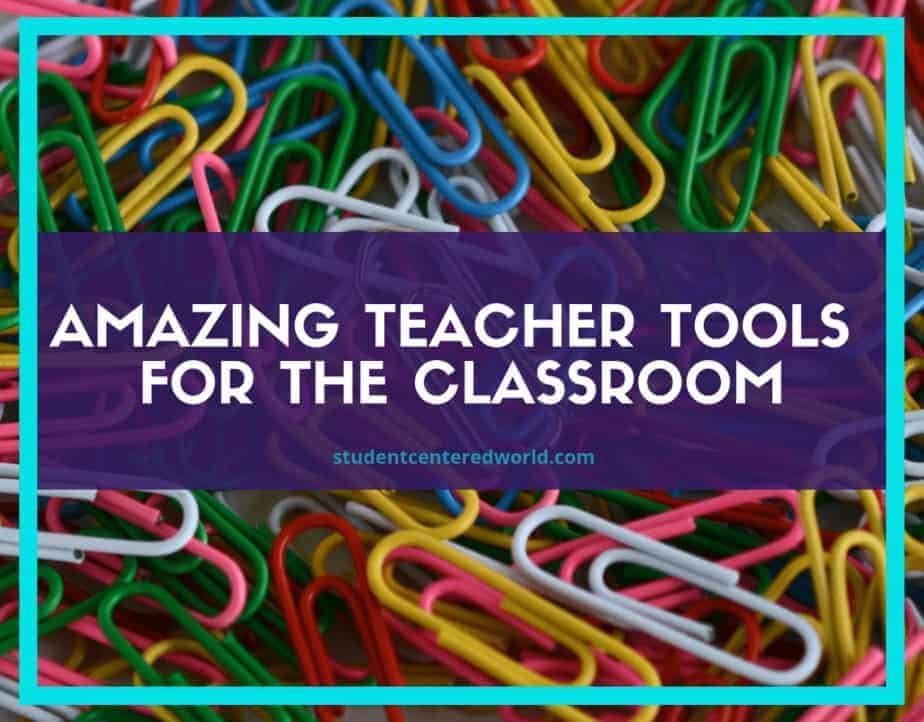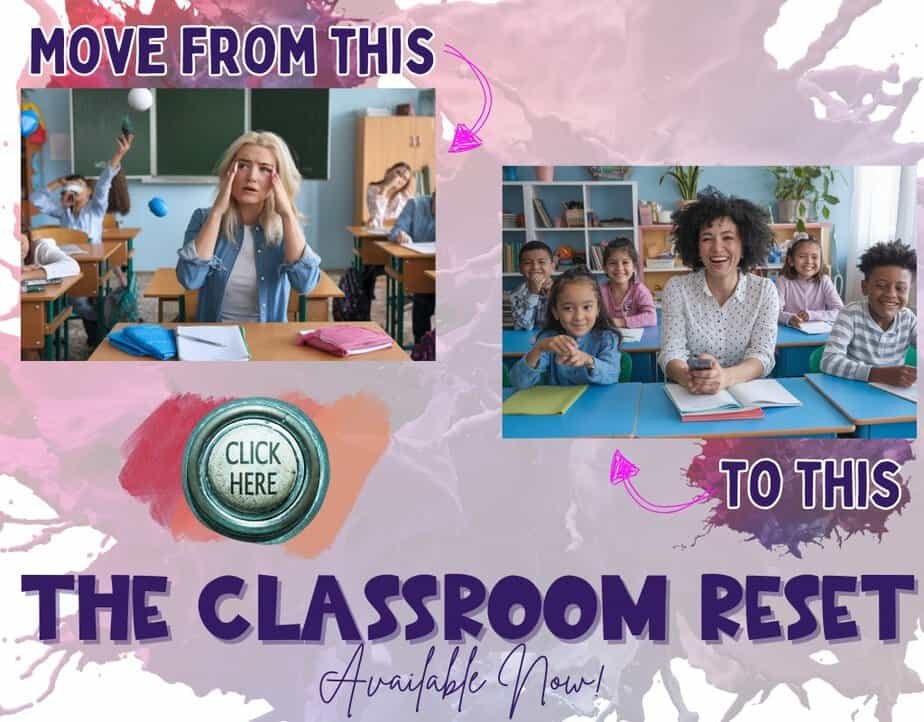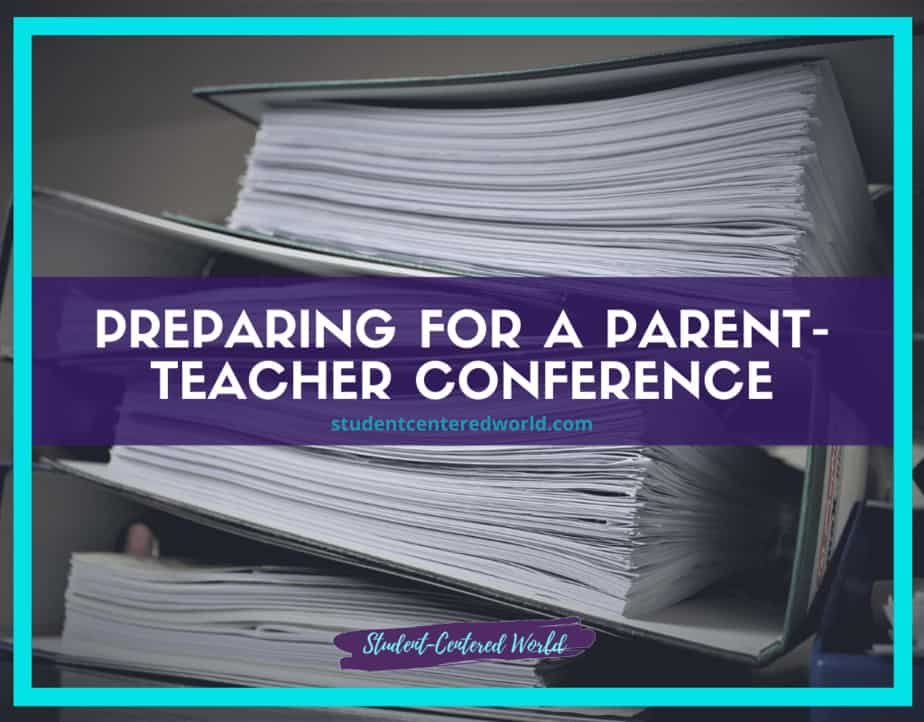Open-Ended Prompts for Student Behavior: Effective for Use
In the ever-evolving landscape of education, fostering a classroom environment that encourages student success is a top priority for educators. One of the most effective ways to achieve this is by incorporating open-ended prompts for student behavior into your teaching strategies. These prompts not only promote critical thinking and creative thinking but also help address challenging behaviors and build strong connections with students.
To put it simply, a student who is engaged and challenged will be less of a behavior issue because they are focused on the class, not how they can disrupt it.
Let’s take a closer look at the best way to use open-ended questions in your lesson plan to help curb negative behavior in the classroom, how open-ended questions differ from closed-ended questions, and why your technique here is essential for students’ learning, behavioral, and academic success.
What Are Open-Ended Prompts?
Open-ended prompts are questions or statements that encourage students to think deeply and express their thoughts without the constraint of a right answer or a wrong answer. Unlike closed questions, which typically require a yes/no or one-word response, open questions invite students to explore ideas, share opinions, and engage in higher-level discussions.
These prompts are particularly effective in fostering creative thinking and critical thinking, as they allow students to approach topics from multiple perspectives.
For example, instead of asking, “Did you like the story?” (a closed-ended question), you could ask, “What part of the story stood out to you, and why?” This encourages students to reflect on their students’ learning and articulate their thoughts in a meaningful way.
Open-ended prompts also help educators gauge students’ motivation and tailor instruction to meet student’s needs. By incorporating such questions into your lesson plan, you create opportunities for effective communication and deeper understanding, which are essential for academic success and social-emotional learning.
Examples of open-ended questions include:
- “What do you think would happen if…?”
- “How would you solve this problem?”
- “Why do you believe that?”
These types of questions are a great way to foster problem-solving skills, encourage creative thinking, and address students’ emotional needs. They are particularly useful in early childhood education, where young children are developing essential skills like communication and self-expression.
The Benefits of Open-Ended Prompts for Student Behavior
1. Encourages Critical and Creative Thinking
Open-ended prompts require students to think beyond simple facts and engage in higher-level reasoning. For example, instead of asking, “What is the capital of France?” (a closed question), you could ask, “Why do you think Paris became the capital of France?” This encourages students to analyze, evaluate, and synthesize information, which are key components of critical thinking.
2. Builds Strong Connections
When students feel heard and valued, they are more likely to engage in on-task behavior and develop strong connections with their peers and teachers. Open-ended prompts create opportunities for meaningful conversations, whether during morning meetings, small group discussions, or one-on-one interactions.
3. Addresses Challenging Behaviors
Students who exhibit challenging behaviors often struggle with effective communication. Open-ended prompts can help these students express their feelings and needs in a constructive way.

For instance, instead of saying, “Stop talking,” you could ask, “What do you need to focus on your school work right now?”
4. Promotes Social Emotional Learning (SEL)
Incorporating open-ended prompts into your classroom management strategy supports social-emotional learning by encouraging students to reflect on their emotions and actions. Questions like, “How do you think your actions affected others?” or “What could you do differently next time?” help students develop empathy and self-awareness.
5. Enhances Students’ Motivation
When students are given the opportunity to share their thoughts and ideas, they feel more invested in their learning. Open-ended prompts can tap into student’s motivations, whether it’s their favorite subject, favorite sport, or even their love for ice cream. For example, “How would you design a video game about your favorite thing?” can spark enthusiasm and creativity.
Open-Ended Prompts vs. Closed-Ended Questions
While closed-ended questions have their place in assessing basic knowledge, they often limit students’ ability to think deeply. For example, asking, “Is 2 + 2 equal to 4?” only requires a yes/no response. In contrast, an open question like, “How did you solve this math problem?” encourages students to explain their thought process.
Here’s a quick comparison:
| Closed-Ended Questions | Open-Ended Prompts |
|---|---|
| “Did you finish your homework?” | “What part of your homework was most challenging?” |
| “Do you like reading?” | “What do you enjoy most about reading?” |
| “Is this the right answer?” | “How did you arrive at this answer?” |
By using such questions, educators can create a more dynamic and engaging classroom environment.
How to Incorporate Open-Ended Prompts into Your Lesson Plan
1. Start with Morning Meetings
Morning meetings are a great idea for setting the tone of the day. Use open-ended prompts like, “What are you looking forward to today?” or “What’s one goal you have for this week?” to encourage students to share their thoughts and feelings. These prompts not only help students articulate their emotions but also foster a sense of community and belonging.
For instance, asking, “What’s one thing you’re grateful for this morning?” can help students focus on positivity and set a constructive tone for the day. Additionally, incorporating social-emotional learning into morning meetings by asking questions like, “How can we support each other today?” can build empathy and teamwork.
Morning meetings also provide an opportunity to address safety issues or challenging behaviors in a non-confrontational way. For example, “What can we do to make sure everyone feels safe and respected today?” encourages students to take ownership of their actions and contribute to a positive classroom environment. By consistently using open-ended prompts during morning meetings, you create a routine that prioritizes students’ emotional needs and sets the stage for successful learning.
2. Use Visual Aids
For young children or students with special education needs, visual aids like image exchange cards or different colors can make open-ended prompts more accessible. For example, show a picture of a fairy tale character and ask, “What do you think happens next in the story?” Visual aids are particularly effective in early childhood education, where young children may struggle with verbal expression.

Using gestural prompts or full physical prompts alongside visuals can further support comprehension and engagement. For instance, holding up a picture of a favorite sport and asking, “How do you think this game is played?” can spark curiosity and participation.
Visual aids also help students with a hard time processing abstract concepts by providing a concrete reference point. Incorporating facial expressions or body language into your prompts can make the activity more interactive and enjoyable. For example, using a picture of someone smiling and asking, “Why do you think this person is happy?” encourages students to connect emotions with scenarios, enhancing their social-emotional learning skills.
3. Facilitate Small Group Discussions
Small groups provide a safe space for students to express themselves. Use prompts like, “How would you handle this situation?” or “What are some ways we can solve this problem?” to encourage collaboration and creative thinking. Small group discussions are particularly effective for addressing difficult conversations or exploring higher-level questions in a supportive setting.
For example, dividing students into small groups and asking, “How can we create a restorative peace center in our classroom?” allows them to brainstorm ideas and practice problem-solving skills. These discussions also help students develop effective communication skills by listening to and respecting diverse perspectives.
To maximize engagement, consider assigning roles within the group, such as a facilitator or note-taker, to ensure everyone participates. Additionally, using prompts like, “What’s your favorite thing about working in a team?” can help students reflect on the value of collaboration. Small group discussions are a great way to build strong connections among students while fostering critical thinking and creative thinking.
4. Address Difficult Conversations
Open-ended prompts are a good way to navigate difficult conversations about safety issues, emotional needs, or conflicts. For example, “How do you think we can restore peace in our classroom?” can lead to meaningful discussions and solutions. These prompts encourage students to reflect on their actions and consider the impact on others, which is a cornerstone of social-emotional learning.
When addressing sensitive topics, it’s important to create a safe and non-judgmental space where students feel comfortable sharing their thoughts. For instance, asking, “What do you think is the best way to handle disagreements?” allows students to explore constructive solutions.

Open-ended prompts also help educators address challenging behaviors without singling out individuals. For example, “What can we do as a class to ensure everyone feels respected?” shifts the focus to collective responsibility. By using open-ended prompts during difficult conversations, you empower students to take ownership of their actions and contribute to a positive classroom environment.
5. Encourage Independent Work Time
During independent work time, provide students with a list of questions to guide their thinking. For example, “What steps did you take to complete this task?” or “What challenges did you face, and how did you overcome them?” These prompts encourage self-reflection and help students develop self-monitoring systems. Independent work time is also an opportunity to tailor prompts to individual student’s needs.
For instance, asking, “What’s your favorite subject, and how does it connect to this task?” can increase students’ motivation and engagement. Additionally, prompts like, “What did you learn from this activity?” or “How can you apply this knowledge in the future?” encourage students to think critically about their students’ learning.
To support students who may struggle with complex tasks, break down the prompts into a logical sequence. For example, start with, “What is the goal of this task?” followed by, “What resources do you need to achieve it?” By using open-ended prompts during independent work time, you help students build essential skills like problem-solving, critical thinking, and self-awareness, setting them up for academic success.
Examples of Open-Ended Prompts for Different Scenarios
For Classroom Management
- “What can we do to make our classroom a better place for everyone?”
- “How do you think we can improve our on-task behavior during school work?”
For Social Emotional Learning
- “How do you feel when someone helps you with a complex task?”
- “What can we do to support each other’s emotional needs?”
For Academic Success
- “What strategies did you use to solve this problem?”
- “How does this topic relate to your favorite subject?”
For Creative Thinking
- “If you could create a new video game, what would it be about?”
- “How would you rewrite the ending of your favorite fairy tale?”
Tips for Using Open-Ended Prompts Effectively
- Give Enough Time: Allow students enough time to think and respond. Rushing them can lead to superficial answers.
- Use Body Language: Pay attention to facial expressions and body language to gauge students’ comfort levels.
- Provide Positive Feedback: Acknowledge all responses with positive feedback, even if they’re not the right answer.
- Brainstorm Ways to Adapt: If students are having a hard time, consider using gestural prompts, verbal prompts, or positional prompts to guide them.
- Monitor Progress: Use self-monitoring systems to track how open-ended prompts impact students’ learning and behavior over the long run.
Conclusion
Incorporating open-ended prompts for student behavior into your teaching practice is an effective way to promote higher-level thinking, address challenging behaviors, and build a supportive classroom environment. By asking effective questions, you can unlock your students’ potential as creative thinkers and problem-solvers, setting them up for successful learning in the long run.
Whether you’re teaching young children or preparing students for higher education, open-ended prompts are a great way to meet student’s needs and foster academic success.
So, the next time you’re planning your lesson plan, consider adding a few examples of open-ended questions to your toolkit. You might just find that it’s the best way to inspire your students and create a classroom where everyone thrives.






